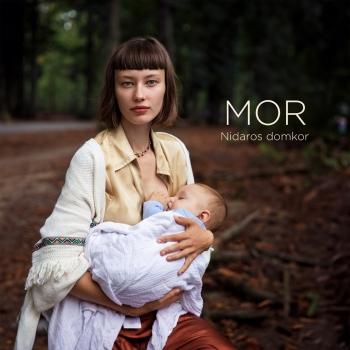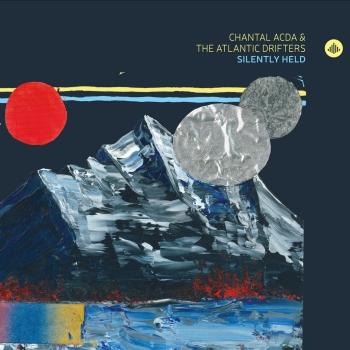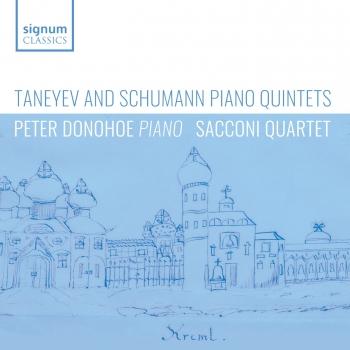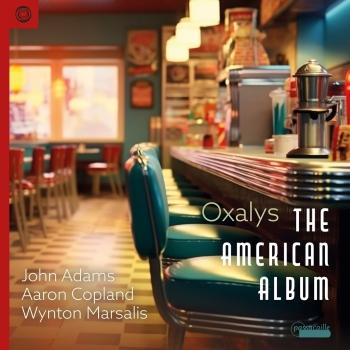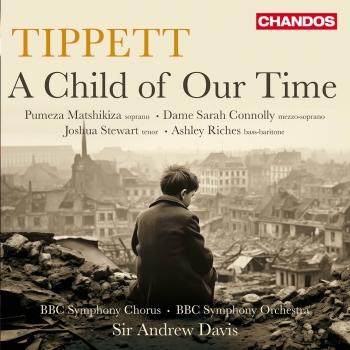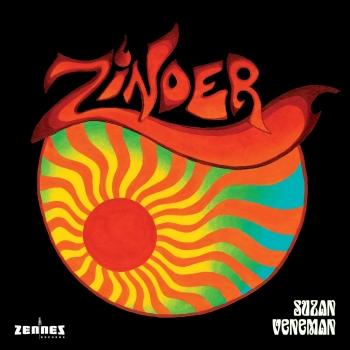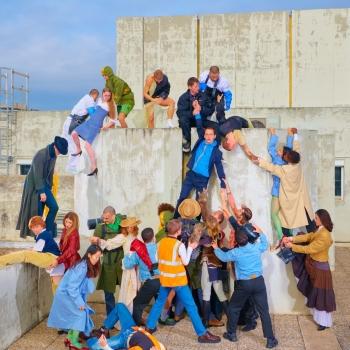
Creatures Rone
Album info
Album-Release:
2015
HRA-Release:
10.02.2015
Album including Album cover Booklet (PDF)
- 1(OO)02:55
- 2Acid Reflux (feat. Toshinori Kondo)04:03
- 3Elle (feat. Bryce Dessner)05:09
- 4Sing Song04:21
- 5Memory05:19
- 6Sir Orfeo (feat. Sea Oleena)05:09
- 7Ouija03:51
- 8Roads (feat. Bryce Dessner)01:41
- 9Calice Texas (feat. Bachar Mar-Khalife)04:03
- 10Freaks (feat. Gaspar Claus)04:53
- 11Quitter la ville (feat. Francois Marry)05:45
- 12Vif (feat. Bryce Dessner)02:46
Info for Creatures
„Creatures“ is the third and most accomplished album to date from Rone; a reflection of quiet open spaces, sun, shadow, electronic sparks and acoustic beauty. Rone’s tracks are short stories with a distinctly optimistic energy, presenting a soundworld where machines express themselves without constraint at any moment. Conceiving this new album was a resolutely collaborative experience, reflected in an illustrious cast of guest artists including Bryce Dessner, François & The Atlas Mountains, Etienne Daho, Sea Oleena and more.
Rone’s tracks are short stories, both in execution and intent. They encompass big contrasts and share moments of his vivid imagination and dreams. The producer has forged a personal, enchanted style that is electronic and epic, finding its inspiration in the images of childhood.
Previous albums’ „Spanish Breakfast“ (2009) and ‘Tohu Bohu’ (2012) allowed us to discover a sensitive artist overflowing with creativity, enthusiasm and personality. But while ‘Tohu Bohu’ showed an organisation of Rone’s “personal chaos”, conceiving this new album was a resolutely collaborative experience.
“I really wanted ‘Creatures’ to be an album less focused on me,” he admits, “more open to external contributions and conceived almost collectively. Strangely enough, I still feel like it’s the most intimate of my albums.”
These creatures are first and foremost a way of expressing his daily experiences, a life that has been radically transformed since the birth of his daughter, as well as the increasingly close collaboration with his girlfriend (the artist Liliwood) who designed the album cover and aesthetics. Images have always had a particularly strong resonance for Rone since his experience as a film student at the Sorbonne.
Of the collaboraters, Bryce Dessner returns the favour for Rone’s production work on The National’s ‘Trouble Will Fend Me’, with some deft guitar work on Elle. The vinyl version of the album also features an expanded version, re-titled ‘Mortelle’ with vocals by Gallic pop legend Etienne Daho.
Labelmate Bachar Mar-Khalifé provides vocals and arrangements on ‘Calice Texas’. The sharp cello of Gaspar Claus can he heard at work on the infernal ‘Freaks’. The voice of Sea Olenna drifts over the elegiac piano notes of ‘Sir Orfeo’, the muted trumpet of Toshinori Kondo (collaborator of Herbie Hancock, Bill Laswell or DJ Krush to name just a few) on ‘Acid Reflux’ reveals the artist’s unashamed love of ethereal jazz sounds.
On ‘Roads’, Rone creates a fun interlude of bric-a-brac samples recorded during his last American tour. On ‘Quitter la Ville (Leaving the City)’ he invites François Marry of François & The Atlas Mountains on a country walk that gently introduces the album’s conclusion.
Rone plays live (never just a DJ set), something he feels is important for garnering new fans, and has worked to increase his international following. In Europe he has played some of biggest festivals; Sonar in Spain, Dour, Pukkelpop in Belgium as well as a sell out show at the legendary Olympia in Paris. He’s also making in-roads into other countries, playing North America shows with Oneohtrix Point Never, Com Truise, appearing at festivals such as Coachella, Oshega & Decibel as well as playing sweaty basement shows in London & Tokyo.

 Rone (Erwan Castex)
Despite the many years still ahead of him, Rone (otherwise known as Erwan Castex) has already come a long way, being one of the most acclaimed young French musicians (he’s just turned 32) on the electronic scene. After passing his Baccalauréat, Erwan was not too sure what he wanted to do for the rest of his life and took up film studies at university. He looks back fondly on this most formative period but, when not in lectures, he would assiduously cultivate his prime passion: music. After obtaining his MA, he started working on film shoots in various roles (including assistant director, production coordinator and set decorator) while continuing to make music in his spare time. And then one day – InFiné – spotted some of his tracks on the web (Bora in particular, which was featured on Agoria’s At The Controls mix) and got in touch with him. From then on, things went very fast: he released his debut EP (2008), performed his first live show at the Rex Club and released his first critically-acclaimed album, Spanish Breakfast, in 2009. Rone’s career had just taken off.
Rone (Erwan Castex)
Despite the many years still ahead of him, Rone (otherwise known as Erwan Castex) has already come a long way, being one of the most acclaimed young French musicians (he’s just turned 32) on the electronic scene. After passing his Baccalauréat, Erwan was not too sure what he wanted to do for the rest of his life and took up film studies at university. He looks back fondly on this most formative period but, when not in lectures, he would assiduously cultivate his prime passion: music. After obtaining his MA, he started working on film shoots in various roles (including assistant director, production coordinator and set decorator) while continuing to make music in his spare time. And then one day – InFiné – spotted some of his tracks on the web (Bora in particular, which was featured on Agoria’s At The Controls mix) and got in touch with him. From then on, things went very fast: he released his debut EP (2008), performed his first live show at the Rex Club and released his first critically-acclaimed album, Spanish Breakfast, in 2009. Rone’s career had just taken off.
Three years have passed since the release of Spanish Breakfast and now his next album, Tohu-Bohu, is coming out for Fall 2012 via Infiné – a label that clearly knows the meaning of the word supportive. Tohu- Bohu (hurly-burly) is an unexpected, even startling title, coming from an artist whose music is in no way shambolic or garish. He explains : “Over the past three years, I have met a lot of people and also been on my own a lot; I have lost myself and found myself again, working frantically; three years of doubt but enthusiasm too. During that time, I have learnt to structure the mess inside me.“Tohu Bohu” is a representation of my own chaos, which I have harnessed, worked my way through and committed to record.” And above all, over these past three years – which saw Rone play live in the most prestigious venues and festivals (from Panorama Bar to Sonar, not forgetting Dour festival) – two major events occurred: the young man turned thirty and, after growing up and taking his first musical steps in Paris, moved to Berlin in March 2011. He feels very much at home in Berlin, a city he can’t stop raving about, far from the non-stop party clichés. “It isn’t really because of the music that I moved here, it had more to do with being fed up with Paris. I stayed in Berlin for a month in June 2009 and had the best time ever. I fell in love with the atmosphere straight away: an amazing peacefulness, which you can’t fail to appreciate when you come from Paris... And sure, I was able to sample the Berlin nightlife at various parties, but what really appealed to me was the city’s distinctive laid-back attitude. In fact I fell for that combination of serenity during the day and effervescence at night.”
A similar kind of feverish calm emerges from Tohu-Bohu’s ten tracks, which elegantly and consistently navigate between dreamlike electronica, hypnotic ambient and melodic techno. Peering through here and there are also rhythmic elements borrowed from hip-hop, the genre Erwan cut his teeth on as a teenager. No surprise then if High Priest of Antipop Consortium make a vocal appearance on “Let ́s Go”. Instead of jumping on the Berlin bandwagon by converting, out of the blue, to minimal techno or manufacturing a series of Berghain-calibrated tracks, he decided to stay true to his own tastes and the labels he reveres, which tend to be more British (including Warp, Ninja Tune and Border Community) than German. Above all, he tried to write music that would resonate with him deep down; “Even though Tohu-Bohu was entirely conceived in Germany, I don’t think I have been influenced by any of the music that gets played here, at Berghain say. But if it had been made in Paris, I think it would be a completely different album. I’m always a bit anxious, stressed-out in Paris. In Berlin, I’m much calmer, far more relaxed. That’s the kind of influence Berlin has been having on me, day after day, as a musician. So I was also much more efficient for the three months or so we were recording: I felt no pressure walking into the studio and wrote far more spontaneously. I didn’t feel anything was holding me back.”
Tohu-Bohu also saw Rone and illustrator/director Vladimir Mavounia-Kouka’s working relationship grow closer: having collaborated on the short film “La Femme à Cordes” (for which Rone wrote the music) and the video for “Spanish Breakfast”, they teamed up once again here with ‘Vlad’ creating the album’s entire visual identity. Was it a case of desperately running after the Gesamtkunstwerk (total work of art)? One thing is certain: Rone pays great attention to the visual aspect of his music. This is also attested to by his strong ties with graphic designers crew Studio Fünf, who brought us the video for track “So So So”, featured on an EP released in 2011. Ties that should very soon materialise in the shape of an exclusive live sound and image show, to be first performed in October at the Cultures Electroni[k] festival in Rennes.
On the musical front, although Tohu-Bohu is on the whole decidedly ethereal and much more dream- than rave-inducing, it isn’t merely a record to be played at home, in the secure confines of a lounge or bedroom. Filled with lascivious languor and gradually built-up crescendos, it slowly but surely induces a trance-like state, and there is no doubt as to the potential of some tracks (Fugu Kiss and Parade in particular) to make a serious impression – as the evening gets going or in the first light of dawn – on non-conformist dancefloors worldwide, Berlin included. (Words: Jérôme Provençal)

